
Maxvorstadt: The Cultural Heartbeat of Munich
Explore Maxvorstadt, Munich's cultural and intellectual hub, teeming with historic museums, vibrant art scenes, and a lively café culture.
Maxvorstadt, often referred to as the 'Brain of Munich', is a vibrant district brimming with intellectual energy and cultural richness. As the academic and artistic hub of Munich, Maxvorstadt houses some of the city's most iconic institutions, including the Ludwig Maximilian University and the Technical University of Munich. Strolling through its streets, you will encounter a blend of historic architecture and modern art, making it a perfect destination for both history enthusiasts and contemporary art lovers. The area is home to an impressive array of museums, such as the Alte Pinakothek, Neue Pinakothek, and the Pinakothek der Moderne, which collectively offer an unparalleled journey through art history from the Middle Ages to the present day. Equally captivating is the Lenbachhaus, known for its extensive collection of works by the Blue Rider group. These cultural landmarks are complemented by smaller galleries and art spaces that foster a thriving creative community. Maxvorstadt also boasts a lively café and bar scene, where students, artists, and professionals come together. Turkenstraße and Schellingstraße are particularly popular, lined with cozy cafés, trendy bars, and international eateries. The district's central location means that you are never far from Munich's other attractions, but Maxvorstadt itself offers a unique blend of academic prowess, cultural depth, and urban charm that is hard to match.
Local tips in Maxvorstadt
- Visit museums on Sundays, when entrance fees are often reduced to just €1.
- Turkenstraße and Schellingstraße are great for experiencing local café culture.
- Check out the university campuses for beautiful architecture and serene green spaces.
- Use public transportation or rent a bike to easily explore the neighbourhood and nearby areas.
Maxvorstadt: The Cultural Heartbeat of Munich
Maxvorstadt, often referred to as the 'Brain of Munich', is a vibrant district brimming with intellectual energy and cultural richness. As the academic and artistic hub of Munich, Maxvorstadt houses some of the city's most iconic institutions, including the Ludwig Maximilian University and the Technical University of Munich. Strolling through its streets, you will encounter a blend of historic architecture and modern art, making it a perfect destination for both history enthusiasts and contemporary art lovers. The area is home to an impressive array of museums, such as the Alte Pinakothek, Neue Pinakothek, and the Pinakothek der Moderne, which collectively offer an unparalleled journey through art history from the Middle Ages to the present day. Equally captivating is the Lenbachhaus, known for its extensive collection of works by the Blue Rider group. These cultural landmarks are complemented by smaller galleries and art spaces that foster a thriving creative community. Maxvorstadt also boasts a lively café and bar scene, where students, artists, and professionals come together. Turkenstraße and Schellingstraße are particularly popular, lined with cozy cafés, trendy bars, and international eateries. The district's central location means that you are never far from Munich's other attractions, but Maxvorstadt itself offers a unique blend of academic prowess, cultural depth, and urban charm that is hard to match.
Iconic landmarks you can’t miss
Königsplatz
Explore the grandeur of Königsplatz, Munich's iconic historical square surrounded by stunning neoclassical architecture and rich cultural heritage.
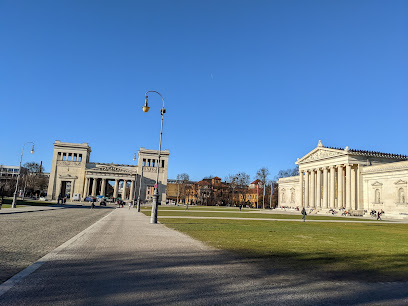
Alter Botanischer Garten
Discover the Alter Botanischer Garten in Munich, a botanical haven filled with diverse plants and peaceful landscapes for every nature lover.

Wittelsbacherplatz
Discover the historical charm of Wittelsbacherplatz, a vibrant plaza in Munich surrounded by stunning architecture and rich culture.

Maximiliansplatz
Discover the serene beauty of Maximiliansplatz, a stunning urban park in Munich that combines relaxation with historical charm.
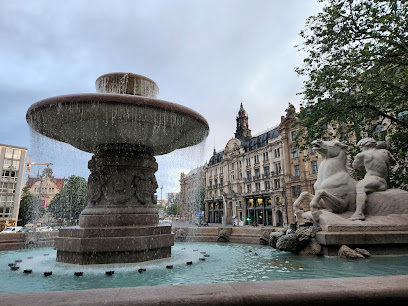
Monument to King Ludwig I
Explore the Monument to King Ludwig I, a stunning historical landmark in Munich that celebrates the artistic and cultural heritage of Bavaria.
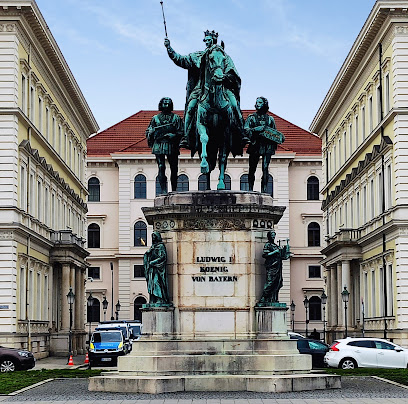
Karl-Stützel-Platz
Explore the serene Karl-Stützel-Platz in Munich, a perfect blend of nature and culture, ideal for relaxation and cultural immersion.
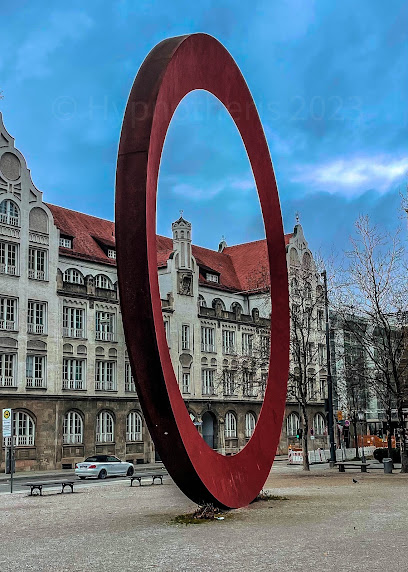
Türkentor
Explore Türkentor, a historical landmark in Munich's Maxvorstadt district, representing the city's architectural heritage and rich history.
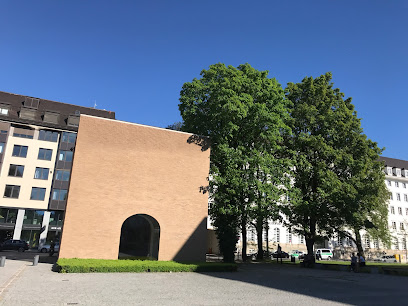
Gedenkstein an die erste Gleichstromfernübertragung
Explore the Gedenkstein in Munich, a significant landmark honoring the first long-distance direct current transmission, a marvel of engineering history.
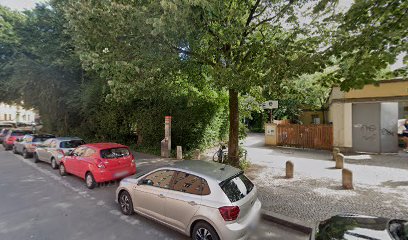
Wappenhaus
Explore Wappenhaus, a hidden architectural treasure in Munich's Maxvorstadt, showcasing rich history and stunning design for every curious traveler.
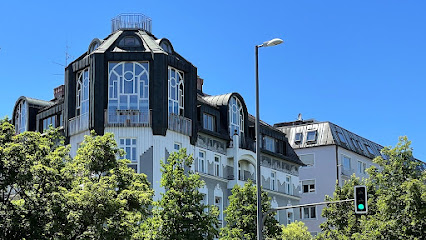
Palais Leuchtenberg
Discover the majestic Palais Leuchtenberg in Munich, a historical landmark showcasing neoclassical architecture and Bavarian heritage.
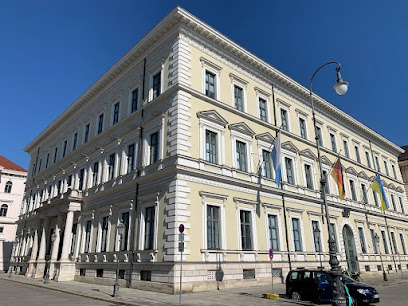
Unmissable attractions to see
Stachus
Discover the vibrant atmosphere and historic charm of Stachus, Munich's iconic plaza, a perfect starting point for your city adventure.

Odeonsplatz
Explore Odeonsplatz, Munich's historic square, surrounded by stunning architecture and vibrant cultural experiences in the heart of the city.
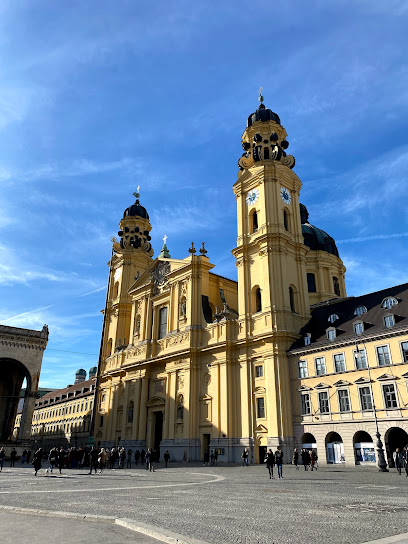
Alte Pinakothek
Discover European art at Alte Pinakothek, Munich's iconic museum showcasing masterpieces from the 14th to the 18th centuries.

Alter Botanischer Garten
Discover the serene beauty of Alter Botanischer Garten in Munich, a lush botanical garden filled with diverse plants and tranquil landscapes.
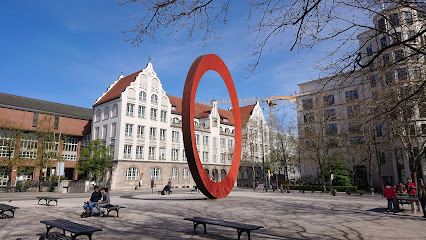
Munich Museum of Egyptian Art
Discover the ancient treasures of Egypt in Munich's premier museum dedicated to the art and culture of the pharaohs.
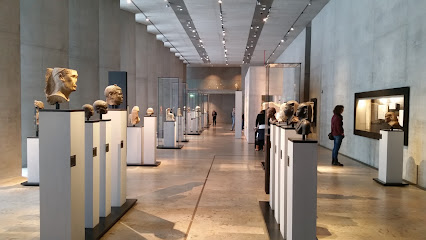
Lenbachhaus
Experience the vibrant world of modern art at Lenbachhaus, Munich's premier art museum showcasing iconic works and inspiring exhibitions.
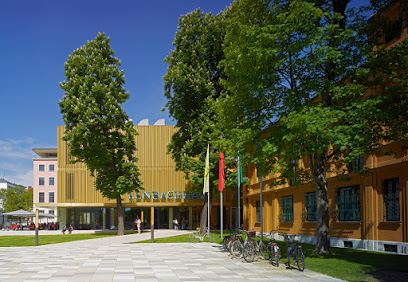
Monopteros im Englischen Garten
Explore the Monopteros at Englischer Garten: A historic gem offering stunning views and a tranquil escape in the heart of Munich.

Kunsthalle der Hypo-Kulturstiftung
Explore the vibrant exhibitions at Kunsthalle der Hypo-Kulturstiftung, Munich's premier art museum showcasing unique and thought-provoking works.
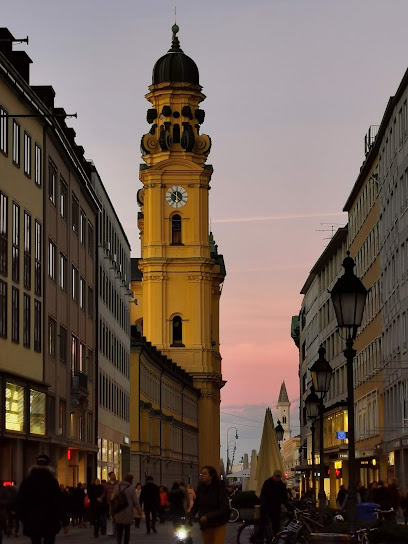
Wittelsbacherplatz
Explore the historical charm of Wittelsbacherplatz, a vibrant plaza in Munich perfect for relaxation, culture, and unforgettable memories.
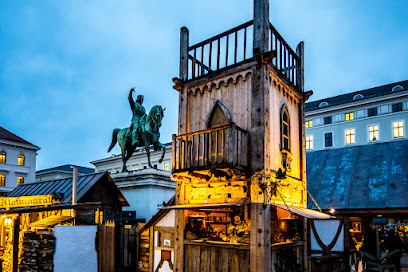
Karolinenplatz
Experience the beauty of Karolinenplatz, a historical plaza in Munich that captures the city's rich culture and stunning architecture.
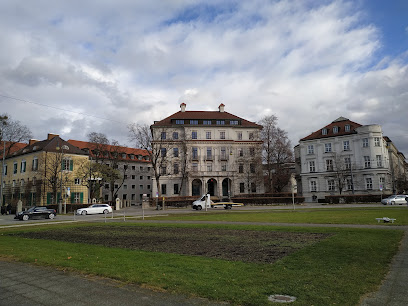
DIE Kreuzung und ihre 16 Zebrastreifenschilder
Experience the whimsical charm of DIE Kreuzung mit 16 Zebrastreifenschildern, Munich's artistic intersection and a must-visit for tourists seeking unique attractions.

maquette de la ville de Munich
Explore Munich's architectural heritage through its stunning city maquette, a captivating representation of the city's history and beauty.
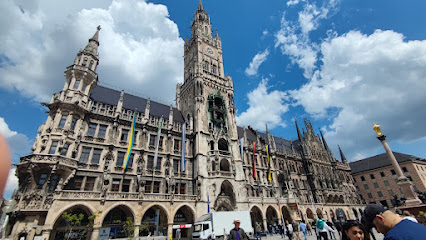
Essential places to dine
Gyoza Bar
Discover Gyoza Bar in Munich – your go-to destination for authentic Asian dumplings and delightful Chinese cuisine.
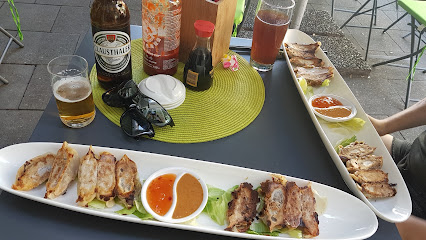
Wirtshaus Maxvorstadt
Savor authentic Bavarian flavors at Wirtshaus Maxvorstadt in Munich – where tradition meets modern dining.
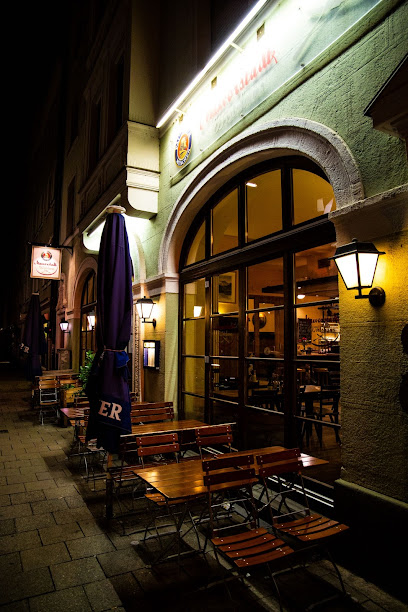
Wirtshaus Obacht Maxvorstadt
Experience authentic Bavarian cuisine at Wirtshaus Obacht Maxvorstadt, where tradition meets taste in the heart of Munich.
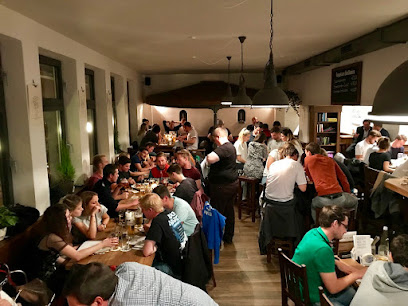
Baoz! Bar
Discover the authentic taste of China at Baoz! Bar in Munich, offering delicious baozi and traditional dishes in a cozy setting.
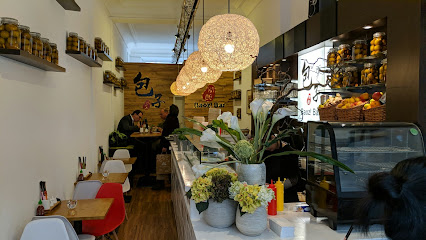
Limoni Ristorante
Savor authentic Italian cuisine in an elegant setting at Limoni Ristorante, Munich's premier dining destination for food lovers.
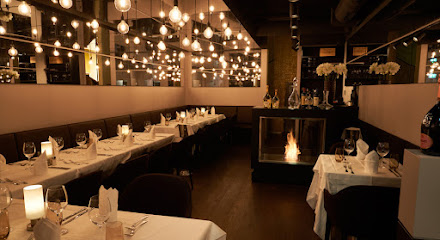
Osteria Italiana
Discover authentic Italian flavors at Osteria Italiana in Munich's Maxvorstadt district—where culinary tradition meets modern dining.
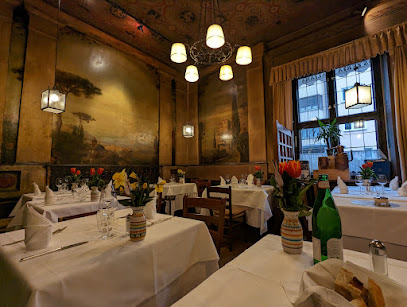
Sophia's Restaurant & Bar
Experience authentic Italian flavors at Sophia's Restaurant & Bar in Munich—where exquisite cuisine meets inviting ambiance.
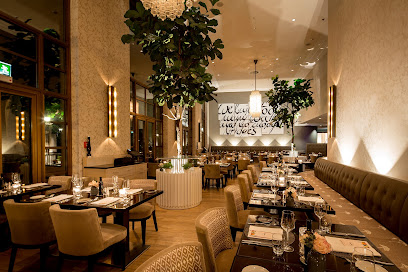
Salzkruste
Discover Salzburg's culinary gem - Salzkruste offers modern German cuisine in an inviting atmosphere for an unforgettable dining experience.
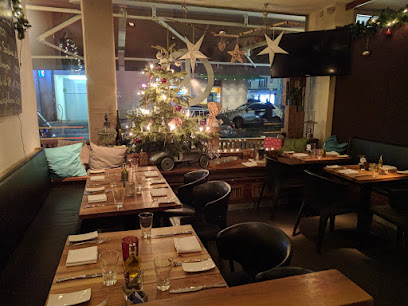
Yummy Bowl
Explore Yummy Bowl in Munich's Maxvorstadt: A delightful restaurant offering fresh takeout options and vibrant dining experiences.

Restaurant Sparkling Bistro
Experience the finest Austrian and French cuisine at Restaurant Sparkling Bistro in Munich's Maxvorstadt – where every meal is an exquisite culinary journey.
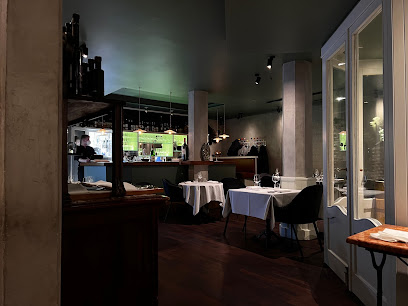
Markets, malls and hidden boutiques
PICK N WEIGHT - KILO STORE
Explore PICK N WEIGHT - KILO STORE in Munich for unique vintage fashion finds and sustainable shopping experiences.
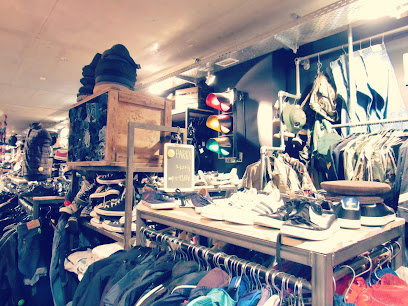
APROPOS - The Concept Store
Explore APROPOS in Munich – your go-to destination for chic clothing, exquisite cosmetics, and unique perfumes in a stylish shopping environment.
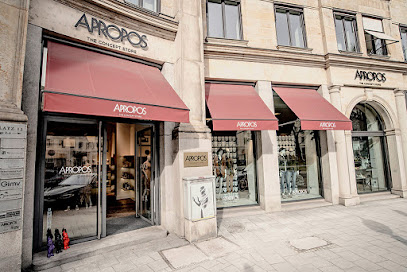
Kauf Dich Glücklich München
Discover trendy fashion and unique finds at Kauf Dich Glücklich München, the must-visit clothing and shoe store in Munich's vibrant Maxvorstadt.
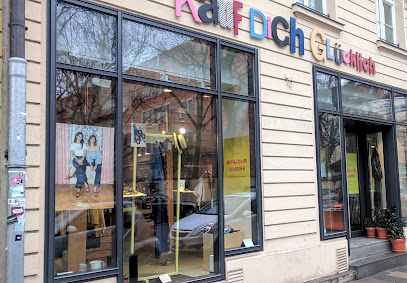
BREITENGRAD Concept Store Inh. Angela Dreier
Explore the finest selection of gifts, fashion, and home goods at Munich's BREITENGRAD Concept Store, where creativity meets style.
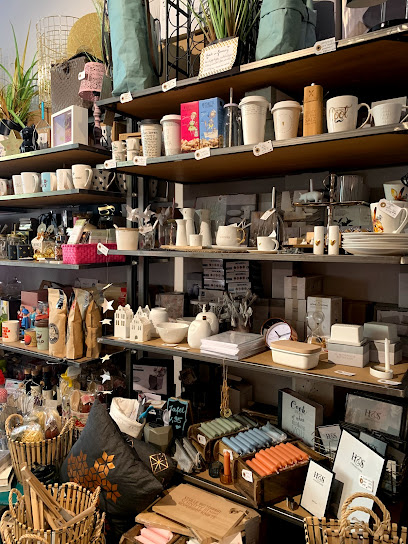
beGipsy Secondhand
Explore sustainable fashion at beGipsy Secondhand, Munich's hidden gem for unique vintage women's clothing and accessories.
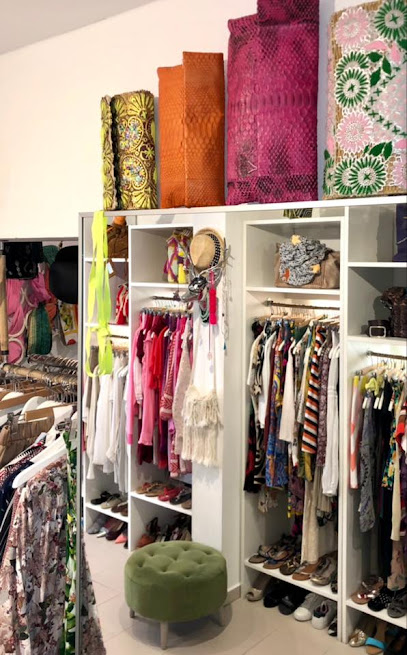
Maloja Store
Explore unique, nature-inspired fashion at Maloja Store in Munich, where style meets sustainability in a vibrant shopping atmosphere.
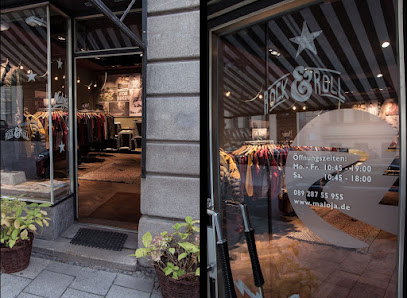
iki M. ORGANIC FAIRFASHION & SECONDHAND VINTAGE
Explore sustainable fashion at iki M. ORGANIC FAIRFASHION & SECONDHAND VINTAGE in Munich, where eco-friendly meets stylish in a charming shopping experience.

treibholz - Fashion Store Munich
Explore Treibholz, Munich's unique fashion store offering eclectic styles that capture the city's vibrant culture and creativity.
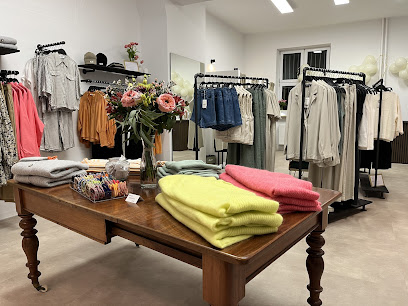
NIA.BAZAR
Explore NIA.BAZAR in Munich for stylish footwear and unique furniture, perfect for enhancing your travel experience.
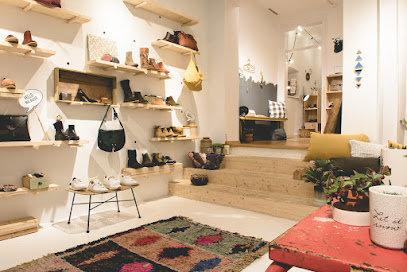
Frankie
Explore Frankie, Munich's enchanting antique store, where every piece tells a story and offers a unique glimpse into history.
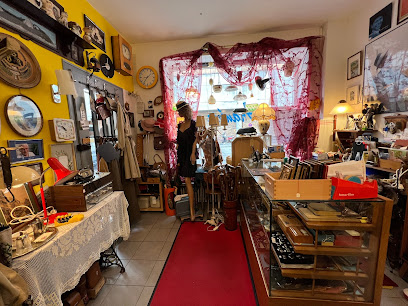
Essential bars & hidden hideouts
Bar Sehnsucht /Restaurant
Discover the vibrant atmosphere and delicious offerings at Bar Sehnsucht, the perfect bar and restaurant fusion in Munich's Maxvorstadt district.
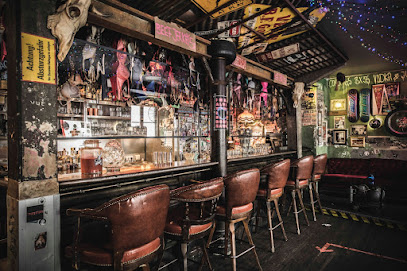
Fox Bar
Experience Munich's nightlife at Fox Bar, a vibrant spot offering craft cocktails and a lively atmosphere in the heart of Maxvorstadt.
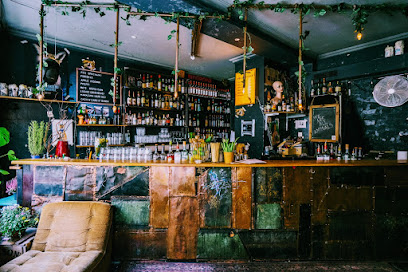
Cafe Bar Shakespeare
Experience the vibrant nightlife of Munich at Cafe Bar Shakespeare, a must-visit cocktail bar with exceptional drinks and a lively atmosphere.
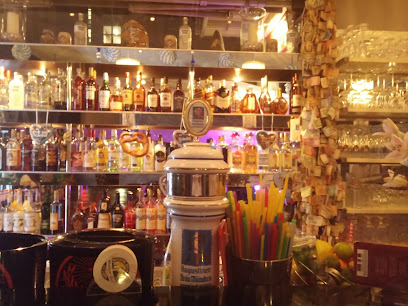
Home Munich
Discover the charm of Home Munich, a cozy bar in the heart of the city, perfect for drinks and socializing with locals.
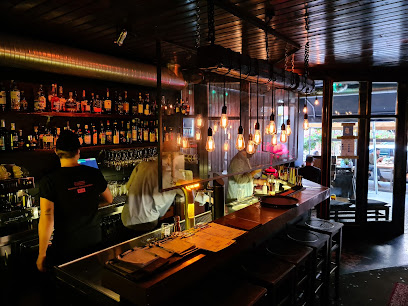
James T. Hunt Bar
Discover the lively ambiance of James T. Hunt Bar in Munich, where great cocktails meet delicious pizza in a vibrant atmosphere.
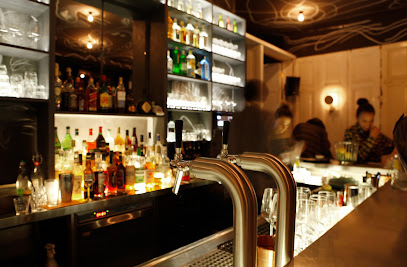
Bar Mural
Experience the ultimate wine and dine at Bar Mural, Munich's premier wine bar with gourmet cuisine in a sophisticated setting.
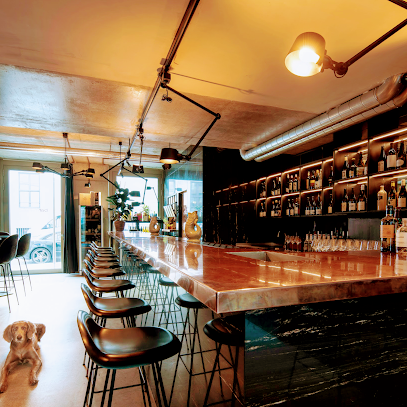
Cabane Bar
Discover the vibrant atmosphere of Cabane Bar in Munich, where exquisite cocktails and a welcoming ambiance create unforgettable nights.

freebird, bar and food
Discover Freebird, a vibrant bar and restaurant in Munich's Maxvorstadt, offering a delightful mix of local cuisine and nightlife.
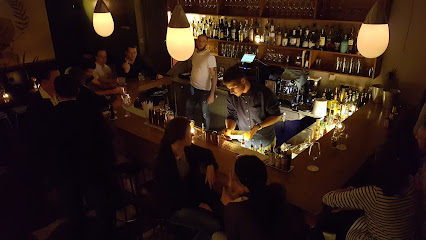
Bei Otto
Experience Bavarian hospitality at Bei Otto, a charming pub in Munich's Maxvorstadt, renowned for its authentic atmosphere and delicious local cuisine.
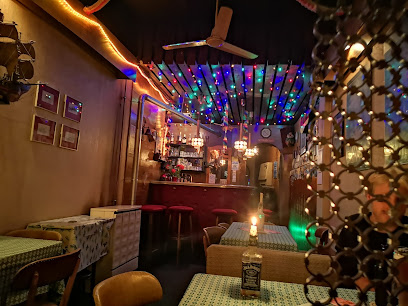
Ungewitter
Discover the vibrant nightlife of Munich at Ungewitter, where great drinks and a lively atmosphere await you.
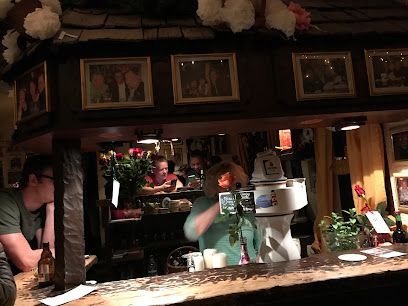
Local Phrases
-
- HelloHallo
[ha-lo] - GoodbyeAuf Wiedersehen
[owf vee-der-zay-en] - YesJa
[ya] - NoNein
[nine] - Please/You're welcomeBitte
[bit-te] - Thank youDanke
[dank-uh] - Excuse me/SorryEntschuldigung
[ent-shool-di-gung] - How are you?Wie geht es Ihnen?
[vee gayt es een-en] - Fine. And you?Gut. Und dir?
[goot oond deer] - Do you speak English?Sprechen Sie Englisch?
[shpre-ken zee eng-lish] - I don't understandIch verstehe nicht
[ikh fer-shtay-uh nikht]
- HelloHallo
-
- I'd like to see the menu, pleaseIch möchte bitte die Speisekarte sehen
[ikh merkh-te bit-te dee shpy-ze-kar-te zay-en] - I don't eat meatIch esse kein Fleisch
[ikh ess-uh kine flysh] - Cheers!Prost!
[prohst] - I would like to pay, pleaseIch möchte bitte zahlen
[ikh merkh-te bit-te tsah-len]
- I'd like to see the menu, pleaseIch möchte bitte die Speisekarte sehen
-
- Help!Hilfe!
[hil-fe] - Go away!Geh weg!
[gey vekh] - Call the Police!Rufen Sie die Polizei!
[roo-fen zee dee po-lee-tsy] - Call a doctor!Rufen Sie einen Arzt!
[roo-fen zee i-nen ahrts] - I'm lostIch habe mich verirrt
[ikh hah-buh mikh fer-eert] - I'm illIch bin krank
[ikh been krahngk]
- Help!Hilfe!
-
- I'd like to buy...Ich möchte...kaufen
[ikh merkh-te...kow-fen] - I'm just lookingIch schaue nur
[ikh shou-uh noor] - How much is it?Wie viel kostet es?
[vee feel koh-stet es] - That's too expensiveDas ist zu teuer
[dahs ist tso toy-er] - Can you lower the price?Können Sie den Preis senken?
[kern-en zee den prys zen-ken]
- I'd like to buy...Ich möchte...kaufen
-
- What time is it?Wie spät ist es?
[vee shpet ist es] - It's one o'clockEs ist ein Uhr
[es ist iyn oor] - Half past (10)Halb zehn
[halb tsayn] - MorningMorgen
[mawr-gen] - AfternoonNachmittag
[nahkh-mit-tahg] - EveningAbend
[ah-bent] - YesterdayGestern
[ges-tern] - TodayHeute
[hoi-te] - TomorrowMorgen
[mawr-gen] - 1Eins
[iyns] - 2Zwei
[tsvai] - 3Drei
[dry] - 4Vier
[feer] - 5Fünf
[fynf] - 6Sechs
[zeks] - 7Sieben
[zee-ben] - 8Acht
[akht] - 9Neun
[noyn] - 10Zehn
[tsayn]
- What time is it?Wie spät ist es?
-
- Where's a/the...?Wo ist ein/der...?
[vo ist iyn/dehr] - What's the address?Was ist die Adresse?
[vas ist dee ah-dre-suh] - Can you show me (on the map)?Können Sie mir (auf der Karte) zeigen?
[kern-en zee meer (owf dehr kar-te) tsay-gen] - When's the next (bus)?Wann kommt der nächste (Bus)?
[vahn kohmt dehr nekhs-te (boos)] - A ticket (to ....)Eine Fahrkarte (nach ...)
[iyn-uh fahr-kar-te (nahkh ...)]
- Where's a/the...?Wo ist ein/der...?
History of Maxvorstadt
-
Maxvorstadt's history dates back to the early 19th century when it was established as a residential area for the growing middle class. The name 'Maxvorstadt' comes from King Maximilian I of Bavaria, who promoted urban expansion in Munich. The neighborhood was designed with wide boulevards and green spaces, reflecting the ideals of the time for a modern city.
-
By the late 19th century, Maxvorstadt emerged as a cultural epicenter in Munich. The establishment of numerous museums, art galleries, and educational institutions, such as the Academy of Fine Arts and the Technical University of Munich, contributed to its reputation as a center for intellectual and artistic endeavors. This cultural boom attracted artists, philosophers, and students, fostering a vibrant creative community.
-
During the early 20th century, Maxvorstadt was significantly impacted by the rise of National Socialism. The neighborhood, being close to key institutions and universities, became a hotbed for political activity. The infamous Beer Hall Putsch in 1923, which marked Adolf Hitler's first failed attempt to seize power, took place in Munich, reflecting the city's tumultuous political climate during this period.
-
Maxvorstadt suffered considerable damage during World War II due to bombings. Post-war reconstruction efforts focused on restoring the architectural heritage of the neighborhood while adapting it to modern needs. The rebuilding process involved not only restoring buildings but also revitalizing the cultural scene, which had been deeply affected by the war.
-
In contemporary times, Maxvorstadt is known for its blend of historical charm and modern innovation. The neighborhood hosts a diverse mix of shops, cafés, and cultural institutions, making it a lively area for both locals and tourists. Events like the 'Maxvorstadt Art and Culture Festival' celebrate the area's artistic heritage, while modern architecture projects continue to shape the urban landscape.
Maxvorstadt Essentials
-
Maxvorstadt is easily accessible from other neighborhoods in Munich. The U-Bahn (subway) is a reliable option; take the U2 or U8 lines to the 'Hauptbahnhof' (main train station) and transfer to the U2 towards 'Messestadt' or 'Erkheim'. Alternatively, tram lines 20, 21, and 27 serve the area, with stops at key points like 'Königstraße' and 'Ludwigstraße'. If you're coming from the airport, take the S8 or S1 lines to 'Leuchtenbergring', then transfer to the U2 line. Taxis and rideshare services are also readily available throughout the city.
-
Maxvorstadt is well-connected by public transport. The U-Bahn (U2, U8) and several tram lines (20, 21, 27) make it easy to navigate. Bicycles are a popular choice, with many bike rental services available, and dedicated bike lanes throughout the neighborhood. Walking is also a great way to explore local attractions, as many are within close proximity to one another.
-
Maxvorstadt is generally a safe area for tourists. However, standard precautions should be taken, such as avoiding poorly lit streets at night and keeping an eye on personal belongings in crowded areas. While violent crime is rare, petty theft can occur, particularly in busy spots like near the university or popular cafes. Areas around 'Karlsplatz' and 'Stachus' have higher foot traffic, so remain vigilant.
-
In case of emergency, dial 112 for fire and medical assistance or 110 for police. The nearest hospital, Klinikum der Universität München, is located nearby on Marchioninistraße. Familiarize yourself with the location of the nearest pharmacy and local emergency numbers. Ensure you have travel insurance that covers health emergencies.
-
Fashion: Do dress comfortably and consider the weather; locals dress casually but stylishly. Avoid overly revealing attire. Religion: Do respect local customs, especially when visiting churches or museums. Public Transport: Do validate your ticket before boarding and give up your seat to the elderly. Don't eat or drink on public transport. Greetings: Do greet with a friendly 'Hallo' or 'Guten Tag', and a handshake is common. Eating & Drinking: Do try local Bavarian dishes and enjoy a beer at a beer garden. Don't waste food or drink excessively in public.
-
To experience Maxvorstadt like a local, visit the numerous small cafes and bakeries, especially around Türkenstraße and Gabelsbergerstraße. Check out the weekly farmer’s market at Elisabethmarkt for fresh produce and local specialties. The area is also home to many art galleries and museums; consider a visit to the Pinakotheken art museums for a taste of culture. Engage with local students at cafes near the Ludwig Maximilian University, as they can offer insights into the best spots in the neighborhood.
Nearby Cities to Maxvorstadt
-
Things To Do in Innsbruck
-
Things To Do in Kitzbühel
-
Things To Do in Salzburg
-
Things To Do in Zell am See
-
Things To Do in Nuremberg
-
Things To Do in St. Anton am Arlberg
-
Things To Do in Bregenz
-
Things To Do in Dornbirn
-
Things To Do in Bad Gastein
-
Things To Do in Hallstatt
-
Things To Do in Rothenburg ob der Tauber
-
Things To Do in Schellenberg
-
Things To Do in Ruggell
-
Things To Do in Mauren
-
Things To Do in Eschen













